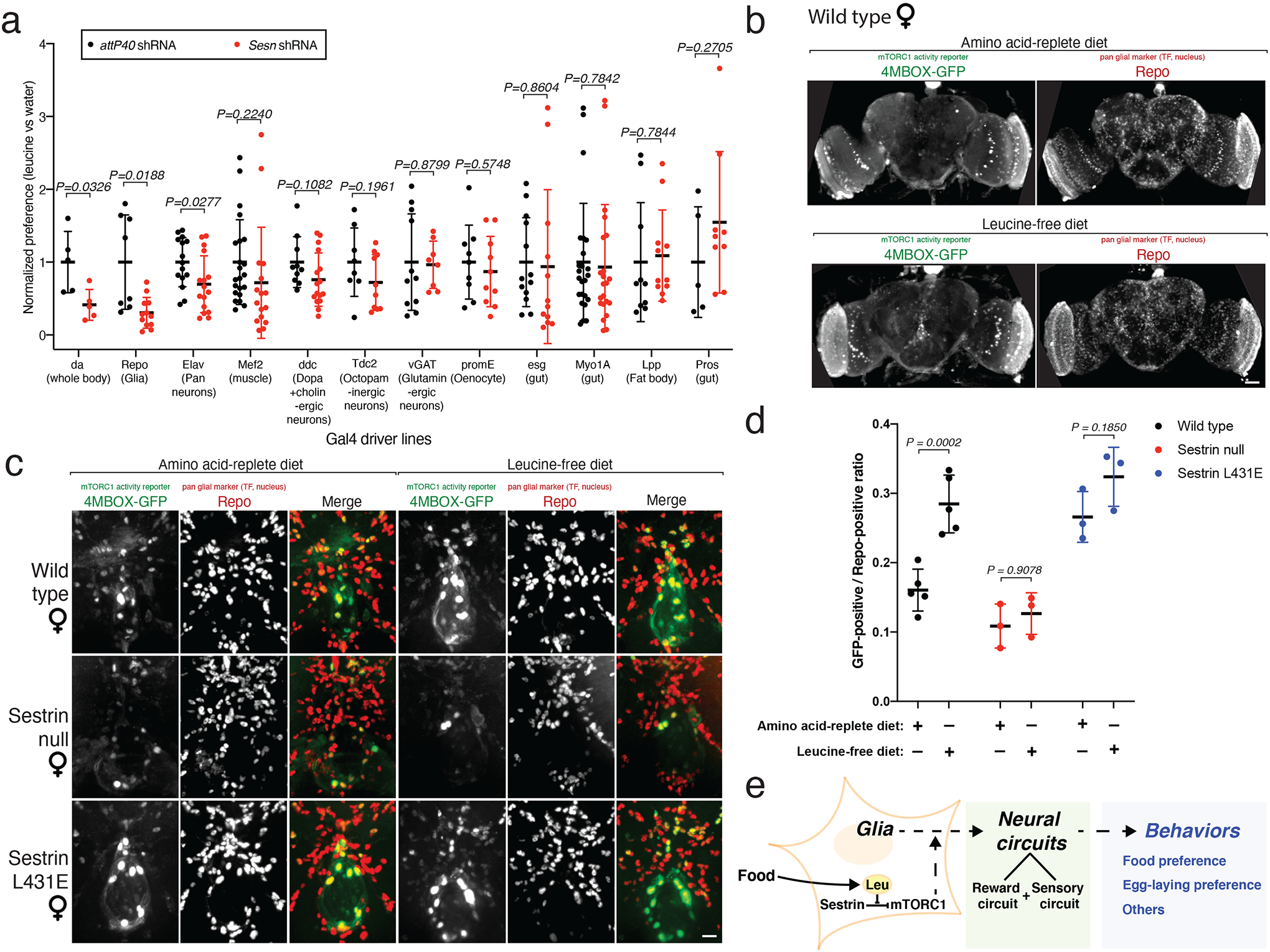Fig. 4: Sestrin-regulated mTORC1 signaling in glial cells controls the preference of flies for leucine-containing food.

a, A genetic screen identifies a role for Sesn in glial cells in mediating the leucine preference. Sesn RNA-mediated interference was performed in various tissues with the indicated Gal4 lines. Knockdown of Sesn in glial cells (Repo-Gal4) and ubiquitously (da-Gal4), but not in other tissues, reduces the preference for the leucine-coated versus water-coated apple. For each Gal4 line, data are normalized to the leucine preference of control flies. See non-normalized data in Extended Data Figure 7a. n≥5 per condition.
b, c, Confocal projection of brains of adult female flies of the indicated genotypes expressing 4MBOX-GFP, a reporter for the MITF transcription factor that is negatively regulated by mTORC1. Animals were fed the indicated diets for 1 day and brains were stained for GFP and Repo. Images in (b) and (c) were taken with 10X and 40x objectives, respectively. Scale bars in (b) and (c) represent 50 μm and 10 μm, respectively.
d, In wild-type flies, but not SesnL431E or Sesn−/−flies, leucine starvation increases the number of GFP-positive peri-oesophageal glial cells. Each point represents the ratio of the number of GFP- to Repo-positive cells in the oesophageal area of one fly brain. n≥3 per condition.
e, Proposed role of the Sestrin-mTORC1 pathway in regulating the preference of flies for leucine-containing food.
(a, d), Values are mean ± SD of technical replicates from a representative experiment. Data are representative of three independent experiments with similar results. Statistical analysis was performed using two-tailed unpaired t test (a), and two-way ANOVA followed by Šídák’s multiple comparisons test (d).
